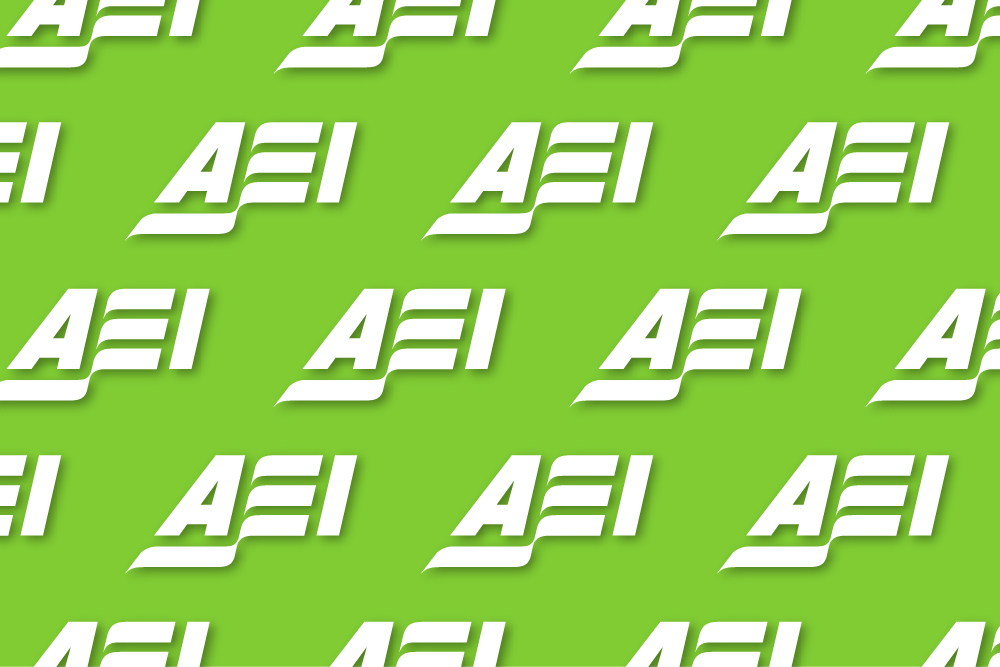Unbalanced

Introduction
The strength of the U.S. economy is matched only by the magnitude of the nation’s indebtedness. The national debt is roughly equivalent to the size of U.S. economic output, while debt service costs are on track to surpass the cost of national defense this year. At a time when the United States and its allies are facing security threats from state actors as well as the enduring challenges of transnational terrorism and regional instability, U.S. defense capabilities must be strengthened to meet our security obligations. Even in times of relative budgetary ease and global placidity, striking the right balance for taxpayers to meet national security threats is a significant challenge. This is not one of those times. In the absence of significant fiscal consolidation, beginning with reforms to the nation’s major entitlement programs, the United States will be unable to meet its commitments at home and abroad. Addressing even one of these challenges successfully has proven daunting for policymakers. The current generation of policymakers must embark willingly on a policy strategy to confront all three. The American Action Forum’s (AAF’s) budget plan seeks to articulate how that may be possible.
Top Three
Policy
Recommendations
1. Entitlement Reform
The primary causes of our growing debt have been walled off by elected policymakers from substantial reform. Mandatory spending and interest payments are driving the debt and increasingly crowd out discretionary spending. Mandatory spending has been growing as the nation ages, health costs grow, and policymakers create new entitlements and expand old ones. In 1974, spending on entitlements and debt service comprised 41 percent of federal outlays. Today this spending comprises 73 percent of outlays, and by 2034, it will be 79 percent.
Along the way, debt service will become the third-largest federal expenditure — outstripping Medicaid and defense. Nevertheless, the last two attempts at deficit reduction, the Budget Control Act of 2011 and the Fiscal Responsibility Act of 2023, focused almost exclusively on discretionary spending. That the fundamental budgetary outlook for the United States remains unchanged in the wake of these policies lays bare the need to focus attention on what matters most for the budget outlook.
2. Addressing Global Threats
The United States is facing an increasingly complex and diverse set of national security threats. Successive national security strategies have identified Russia and China as posing stark and unique threats, in addition to the persistent challenges from rogue nations such as North Korea and Iran, as well as transnational terrorism. These threats are far from abstractions. Russia has provoked a land war in Europe, China continues to signal aggressive intentions toward Taiwan, Iran and the United States have come as close to open warfare since the 1980s, while North Korea continues to develop its strategic nuclear forces.
Contemporaneously, U.S. forces are engaged throughout the world in a counter-terror mission against prolific and evolving threats. Fundamentally, the United States must acknowledge these realities and prepare accordingly.
3. Tax Reform
The Tax Cuts and Jobs Act of 2017 (TCJA) marked the first substantial reform to the U.S. tax code in 30 years, but the task remains unfinished. The most conspicuous challenge and opportunity in this task is reflected in the pending expiration of substantially all the individual TCJA reforms as well as some business provisions. A durable tax reform would build on the best elements of the TCJA and reform those that could be improved. The business tax outlook would be substantially improved under the AAF plan, with the current provision for expensing of equipment expanded and made permanent.
The corporate rate would be maintained at a competitive 21 percent. Most substantially, the plan would reform the current patchwork of base-erosion and other international tax provisions to a destination-based cash flow tax. This reform would obviate the complex international tax regime that adds needless complexity and harms U.S. competitiveness.
Address Near-Term Policy Issues
Over the next two years, the United States will be confronted with a number of public finance challenges that will require careful and deliberate attention from policymakers. The most immediate challenge is the expiration of the two-year discretionary spending caps enacted as part of the Fiscal Responsibility Act. These caps and ensuing legislation have had a salutary effect on the budget outlook through projected discretionary savings. While this is welcome, discretionary spending is not a key budgetary pressure and may limit U.S. capacity to respond to geopolitical challenges. The United States has an existing federal budgetary process that should obviate the need for additional spending caps. Policymakers should follow it.
The expiration of the TCJA individual tax title in 2025 is an opportunity for continuing the important work of tax reform begun in 2017. Unfortunately, the U.S. budget outlook is substantially worse than in 2017. In the absence of meaningful reform to the nation’s major health and retirement systems, no tax code could durably finance the appetite for deficit spending and the debt service that attends it. It is critical that fiscal consolidation focus first and foremost on this challenge. The expiration of the TCJA is an opportunity to grapple with this reality and refine the nation’s tax code to be more competitive internationally, while also embracing a more modern tax base. While this approach may yield additional revenue, the tax reform effort should be animated by efficient tax policy design.
At the same time, the enhanced premium tax credits will sunset as well. Given the need to control the growth of mandatory spending, these larger tax credits are a luxury that the taxpayer should not have to bear. They should be allowed to sunset.
There are additional challenges confronting U.S. public finance over the near and medium terms. First, the United States will need to increase the statutory debt limit in 2025. The debt limit is increasingly a risk to the U.S. economy for which the benefits are arguably insufficient. Policymakers should increase this limit promptly and expeditiously, recognizing that in the absence of meaningful reform to the nation’s major entitlements, the United States will continue to plunge headlong into a future debt crisis. Relatedly, the exhaustion of the trust funds for Social Security and the Medicare Hospital Insurance program should prompt lawmakers to immediately pursue reforms to right-size these programs for the sake of beneficiaries and taxpayers. These reforms should look first to changes to benefits and introduce market forces where feasible. Last, recent infrastructure legislation has failed to tether highway spending to dedicated revenue. The gas tax is increasingly (and somewhat by design) obsolete. Accordingly, highway spending should compete with other appropriated programs for federal commitments.
Conclusion
The United States faces near-term challenges and a fundamentally unsustainable long-term budget outlook. The AAF proposal contains sweeping changes to both the outlay and revenue sides of the federal budget and accomplishes the feat of reducing the debt relative to GDP. The success of these spending reforms combined with revenues — raised in a pro-growth fashion — that are two full percentage points of GDP higher permits essentially eliminating annual deficits and reducing the debt to the pre-pandemic range. The basic lesson of these results is that the current fiscal outlook for the United States is extraordinarily dangerous and requires dramatic action on both sides of the budget to be rectified.
Explore other plans
American Enterprise Institute
The AEI proposal narrows the fiscal imbalance, limits the size of government, and adopts a more growth-friendly tax code while also retaining support for the elderly and less fortunate.
Economic Policy Institute
EPI’s budget plan prioritizes maintaining social insurance and income support programs as well as the vital public investment efforts begun in recent years to accelerate decarbonization.
Progressive Policy Institute
PPI’s proposal prioritizes fiscal restraint to reduce deficits and prevent ballooning interest costs, while leaving room for pro-growth investments that lay the foundation for a more abundant and equitable America.



